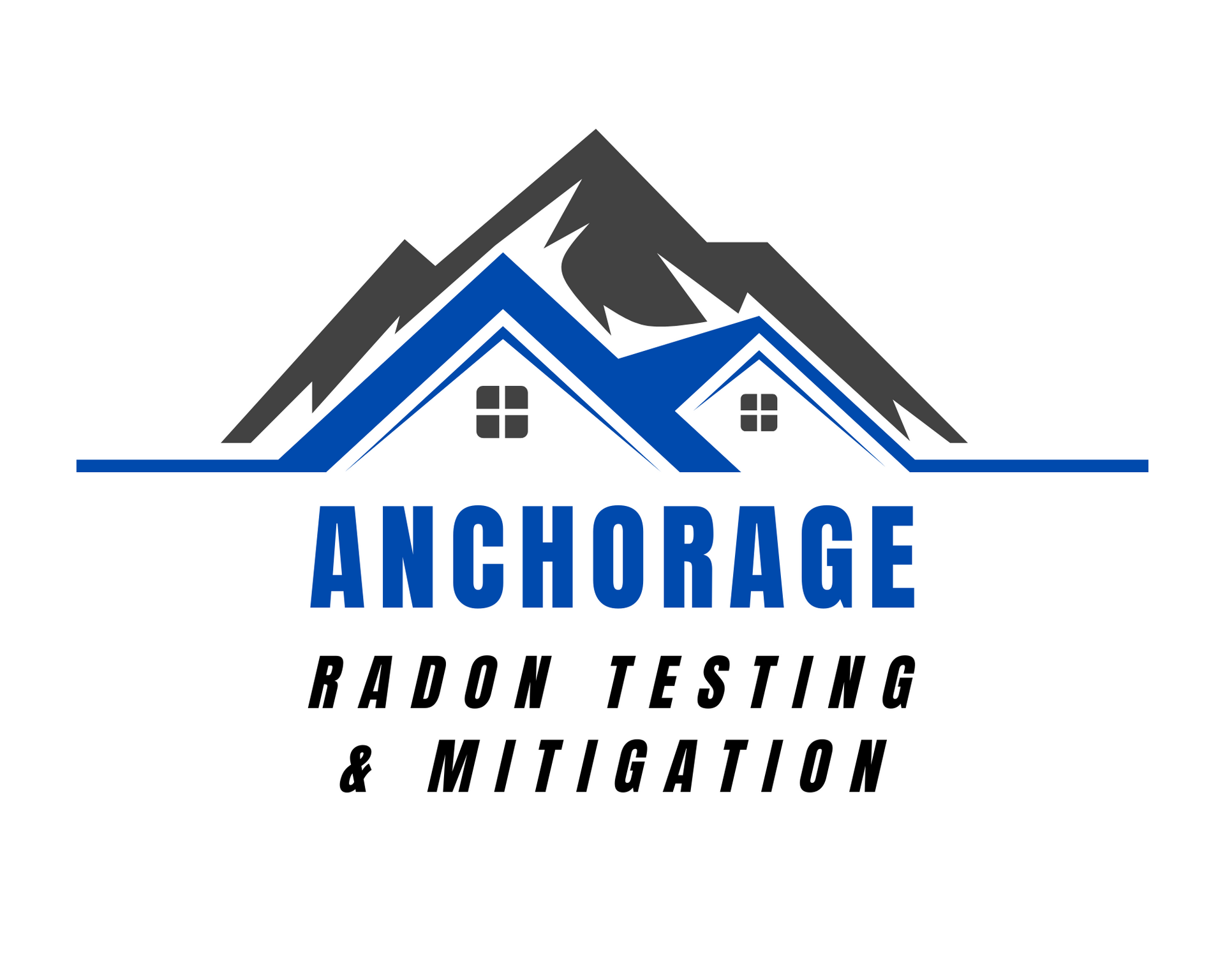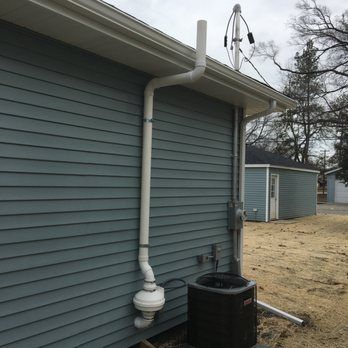
RADON QUESTIONS (FAQs)
Search Our Frequently Asked Questions for immediate answers or send a question to our customer care team.
GET AN ANSWER TO YOUR QUESTIONS
We will get back to you as soon as possible.
Please try again later.

Should I walk away from a house with radon?
If you find that radon gas is present in your current home or home you are considering purchasing, you may be concerned that you either have to move or walk away from a purchase transaction. The good news is, no. You don't have to move or forgo a home purchase you otherwise like. Even if you did, remember that high radon levels can be found in any home. The problem can be easily corrected through the installation of a radon mitigation system.
Is radon a particular concern in Anchorage, Alaska?
The State of Alaska is rated as the most radon active state in the United States! In the such we are finding areas with radon levels above the EPA guidelines (4.0 picocuries). Per the Alaska Division of Public Health, radon is a very under-recognized health risk in AK. Homes tested throughout Alaska have radon levels above the EPA’s limit of 4 picocuries per liter of air (pCi/L). Having your home tested is the only way to find out if you have a radon problem. The EPA recommends that all homes in Alaska be tested for radon when purchased, at a minimum.
How accurate are 2-day radon tests?
Store bought short-term radon test kits are not sufficiently accurate enough for making big decisions about radon levels and mitigation. Use a long-term test kit or engage a radon professional to obtain a better picture of the real radon level in your home.
FREQUENTLY ASKED RADON QUESTIONS
What is radon?
Radon is a colorless, odorless, and tasteless radioactive gas that occurs naturally as a decay product of uranium, thorium, and radium. It is classified as a noble gas and is chemically inert, which means it doesn't readily react with other substances.
Where does radon come from?
Radon is formed in the Earth's crust and can seep into buildings through the ground. It is particularly prevalent in areas with certain types of soil and rocks that contain uranium and radium. Once indoors, radon can accumulate to potentially harmful levels, posing a health risk to those exposed to it.
Is radon a health risk?
The primary health concern associated with radon exposure is its radioactive decay products, which can attach to dust particles in the air and, when inhaled, can damage the cells lining the lung. Long-term exposure to elevated levels of radon is recognized as a leading cause of lung cancer, especially among non-smokers. Radon is considered the second leading cause of lung cancer after smoking.
What radon levels are safe?
The correct unit of measurement for concentration of radon gas is "picocuries per liter” (pCi/L). The U.S. EPA issues guidelines for radon levels:
Action Level:
- The EPA has set an action level of 4 pCi/L. If a radon test reveals levels at or above this threshold, it is recommended to take corrective measures to reduce radon exposure.
Follow-up Action:
- While 4 pCi/L is the action level, the EPA also recommends considering mitigation efforts if radon levels fall between 2 and 4 pCi/L. Lowering radon levels, even if below 4 pCi/L, can further reduce the risk of lung cancer.
Ideal:
- The EPA suggests that the ideal goal for indoor radon levels is as close to outdoor levels as possible, which typically average about 0.4 pCi/L.
Please note that there is no completely safe level of exposure to radon. And any exposure level carries some risk.
What is radon testing?
Radon testing is the process of assessing the concentration of radon gas in a specific environment, usually within a building or home. Radon is a colorless, odorless, and tasteless radioactive gas that can seep into homes and buildings from the ground, especially in areas with certain types of soil.
Where is radon testing done?
Radon testing can be done in various locations, but primarily in residential and commercial buildings. Common places where radon testing is conducted:
- Homes and Apartments: Radon testing is frequently performed in houses and apartments, as radon can enter buildings through the ground. Homeowners often use radon testing kits or hire professionals to assess radon levels.
- Schools: Educational institutions may conduct radon testing to ensure a safe environment for students and staff.
- Workplaces: Employers may undertake radon testing in workplaces to comply with occupational health and safety regulations and safeguard the well-being of employees.
- Real Estate Transactions: Radon testing is often part of real estate transactions, with potential homebuyers or sellers assessing radon levels to make informed decisions.
- New Construction: In some regions, radon testing may be part of the construction process, ensuring that new buildings meet safety standards.
- Public Buildings: Radon testing can be conducted in public buildings such as government offices, hospitals, and community centers.
Testing methods include short-term tests (lasting a few days to weeks) and long-term tests (lasting several months). It's essential to follow guidelines and recommendations from health authorities for accurate testing and interpretation of results.
Are radon tests accurate?
It's worth noting that while short-term tests provide a quick snapshot of radon levels, long-term tests offer a more comprehensive assessment of average radon concentrations over time, which is often more indicative of potential health risks.
For the most accurate results and peace of mind, homeowners should opt for professional radon testing services. Professionals have experience in proper test placement and can ensure that testing conditions are optimal. If elevated radon levels are detected, mitigation measures can be implemented to reduce the risk of exposure.
Will radon kill you?
While the radon gas itself is not lethal in the short term, prolonged exposure to elevated levels of radon gas can pose a serious health risk. Long term exposure to radon gas will increase the likelihood of developing lung cancer. Radon is the 2nd leading cause of lung cancer and is responsible for thousands of lung cancer deaths each year. The only more significant cause of lung cancer is smoking.
Which radon mitigation system is best?
The most effective radon mitigation system depends on various factors, including the specific characteristics of your home, the levels of radon present, and local environmental conditions. Choosing the best radon mitigation system requires a thorough assessment by a qualified radon mitigation professional. They can evaluate your home's specific conditions and recommend the most appropriate solution to effectively reduce radon levels and ensure a healthy indoor environment.
Can radon mitigation cause foundation problems?
Properly designed and installed radon mitigation systems should not cause foundation problems. In fact, a sub-slab depressurization system, the most common type of radon mitigation system, is typically designed to enhance the stability of the foundation by reducing soil gas pressure beneath the slab. The potential benefits of radon mitigation in terms of reducing indoor radon levels far outweigh any minimal risks associated with the installation process.

LOCATION
Anchorage, Alaska, 99502
Powered by Snapps